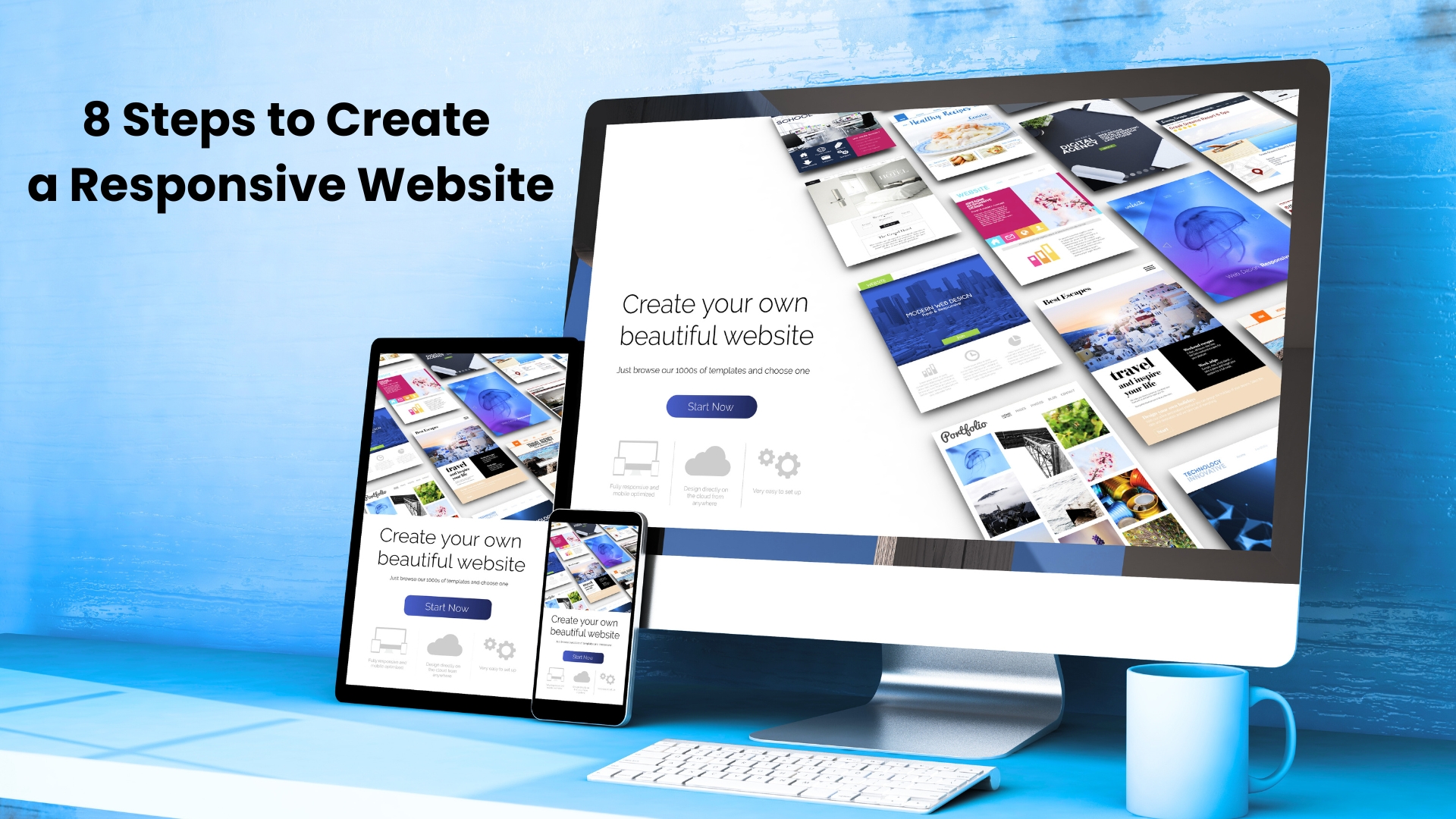
8 Steps to Create a Responsive Website
Developing a website that is responsive & well-functional is crucial in today’s digitally progressive world. A responsive website ensures that your audience has the best experience possible on any device, whether you are the founder of the firm, the CEO building your brand, or a marketer establishing your online presence. Here’s a detailed guide to help you make one.
Step 1: Recognize Your Viewers & Their Technology
Start by figuring out who comes to your website and how they get there. Utilize resources such as Google Analytics to monitor their actions. For instance, it is imperative to ensure your website is optimized for smaller screens if a larger percentage of your visitors—suppose around 70% – make use of mobile devices.
Your design and development strategy will be shaped by this expertise, guaranteeing that your website appeals to & easily satisfies the specific requirements of your target audience.
Step 2: Apply a Mobile-First Design Approach
Begin with mobile design and expand to larger devices. Mobile-first ensures that critical pieces fit on smaller displays without compromising functionality.
For example, a restaurant website should make its menu, location, and booking button easily accessible from a smartphone. This technique is critical to creating a consistent experience across all devices.
Step 3: Select the Apt CMS or Framework
Pre-made responsive themes are included with frameworks like WordPress, Shopify, or Webflow, saving you the trouble of starting from scratch.
For instance, because of its versatility and extensive plugin library, our Web Development Company in Ahmedabad often suggests WordPress. Selecting the appropriate platform guarantees that your website is scalable, manageable, and prepared to expand along with your company.
Step 4: Prioritize flexible grids and layouts
Responsive websites use grids that change to fit the screen. Replace static pixel layouts with percentage-based grids. This makes your website’s content flexible, ensuring that features such as photos and text adjust to any device.
Take it like water-filling different-shaped glasses—it always fits perfectly. Bootstrap, for example, makes it easier to create responsive grid layouts.
Step 5: Optimize Images and Media
Large picture files slow down websites, particularly on mobile. To reduce loading time, use WebP formats and image compression technologies such as TinyPNG.
For example, a branding agency revamped an e-commerce site, lowering image sizes by 30%, and resulting in a 40% increase in mobile loading rates. Faster load speeds engage users and boost your SEO ranking.
Step 6: Implement Responsive Typography
Legibility is crucial. Use scalable fonts that adapt automatically according to screen size. A decent rule is to use 16px for body text on mobile and higher widths for headings. Avoid cramming too much text onto smaller screens; keep it simple.
This step improves the user experience, making it easier for visitors to access your website on any device.
Step 7: Test across devices and browsers
Once the design is complete, thoroughly test it. BrowserStack and Google’s Mobile-Friendly Test can help you test your site’s performance across numerous devices and browsers.
For example, at our website design company in ahmedabad, we ensure that every website is tested on iOS, Android, and a variety of browsers, including Chrome and Safari. This step prevents embarrassing glitches when your website goes online.
Step 8: Prioritize SEO and Speed
Performance is just as important to a responsive website as looks. Reduce the amount of CSS/JavaScript, use cache plugins, and compress media to speed up loading. Recall that quicker websites have higher Google rankings.
It’s also essential to use SEO tactics. By working with an SEO Agency, you can make sure that your responsive website will rank highly in search results and draw more visitors.
Why Responsive Design Matters
Were you aware?
- Mobile device traffic accounts for 52.2% of all website traffic.
- 53% fewer people visit websites that take longer than three seconds to load.
These figures demonstrate why responsiveness is crucial to the success of any firm and is not an option.
The Bottom Line
Creating a flexible website is now a strategic requirement rather than a technological luxury. No matter the device, you can develop a website that delights users and generates results by following these eight steps.
The Best Web Development Company in Ahmedabad, ETA Solution, focuses on SEO tactics and website building if you need professional advice. Allow us to assist you in creating a digital presence that elevates your brand to new heights and functions well on all screens.
Recent blog posts
-
18 Oct 2025What is Marketing Automation and Why Your Business Needs It
-
17 Oct 2025The Role of H1 Tags in On-Page SEO: A Complete Guide
-
16 Oct 2025The Role of Brand Mentions in Building Online Reputation
-
09 Oct 2025Landing Page Design Tips for Maximum Conversions
-
07 Oct 2025What is B2B Product Marketing and Why Does It Matter?
-
06 Oct 2025Getting Started with Google Shopping: A Simple Guide
-
What is Marketing Automation and Why Your Business Needs It
October 18, 2025 -
The Role of H1 Tags in On-Page SEO: A Complete Guide
October 17, 2025 -
The Role of Brand Mentions in Building Online Reputation
October 16, 2025 -
Landing Page Design Tips for Maximum Conversions
October 9, 2025 -
What is B2B Product Marketing and Why Does It Matter?
October 7, 2025 -
Getting Started with Google Shopping: A Simple Guide
October 6, 2025

How to Perform an Effective Digital Marketing Audit

Best Digital Marketing Courses & Certificates to Get

E-Commerce Web Design Trends to Keep You Ahead in 2025

How to Set Up Your First Facebook Ad: Step-by-Step Guide

SEO vs. PPC: Which Is Right for Your Business?


How to Create an Effective Social Media Content Calendar
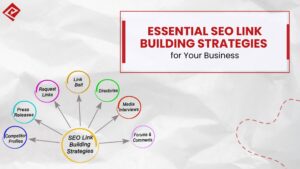
Essential SEO Link Building Strategies for Your Business

The Blueprint for a High-Impact Blog Content Strategy

The Ultimate Content Marketing Handbook for 2025

Top 5 SEO Tools to Boost Your Organic Traffic

How to Fix Mobile Usability Issues in Google Search Console

How Do You Improve Your SEO Content for Better Rankings

How Backlinks Impact Your SEO Rankings

7 Essential Tools for Web Developers

5 Proven Strategies to Maximize Your ROI

10 Proven Strategies to Skyrocket Your Pinterest Reach

How Google Ads Can Grow Your Business in 2025

7 Web Design and User Experience (UX) Best Practices

Building a Strong Brand in 2025: Tips & Strategies

Top 10 Web Designing Companies in India

SEO Best Practices for 2025: Boost Your Website’s Visibility
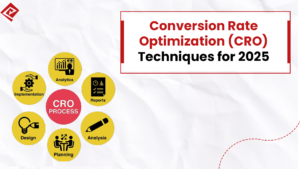
Conversion Rate Optimization (CRO) Techniques for 2025

Top 10 Manufacturing Companies in India 2025

Mastering Facebook Ads: A 2025 Guide

Affiliate Marketing Strategies for 2025

How to Measure Your Social Media ROI in 2025

Video Marketing Trends for 2025

7 Best Chrome Extensions For Digital Marketing in 2025

How Google Analytics Helps in Digital Marketing

How to Go Viral on Instagram in 2025

How to Create High Converting Ads with Facebook Ads Manager

The Role of Landing Pages in Google Ads Conversions

How to Optimize Your E-commerce Site for Better Conversions

How Short-Form Videos Are Conquering Social Media in 2025

E-commerce Marketing Strategies for 2025

The Role of AI in CGI Animation

How CGI Animation is Transforming the Film and Gaming Industries

Top Digital Marketing Strategies to Increase Sales

How to Create Eye-Catching Social Media Graphics

Top UI/UX Trends to Watch in 2025

Top 20 Free Business Listing Sites in 2025

Local SEO Strategies for Small Businesses

The Importance of Branding in the Manufacturing Industry

The Impact of Digital Marketing on B2B Manufacturing Sales

The Role of Social Media in Manufacturing Marketing

The Importance of Visual Design in Digital Marketing

How to Use Content Marketing to Generate Quality Leads

5 Tools to Boost Your Social Media Marketing Efficiency

How to Use Instagram Reels for Brand Growth

10 Proven Techniques for Effective B2B Lead Generation

7 Effective Ways to Increase Website Traffic to Your Website

10 Essential Elements of a Strong Brand Identity

Top 10 Website Development Companies in India

8 Steps to Create a Responsive Website

5 Ways to Generate Leads on LinkedIn

7 Strategies for Effective LinkedIn Networking

7 Strategies to Boost Your Performance Marketing ROI

5 Common Mistakes to Avoid in Paid Advertisement
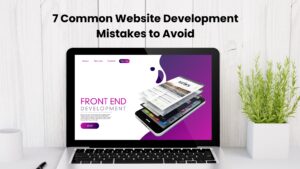
7 Common Website Development Mistakes to Avoid

5 PPC Campaign Mistakes and How to Avoid Them

How to Boost Your SEO Rankings in 2024

Best Practices for LinkedIn B2B Lead Generation in 2024

10 Powerful Ways SEO Can Transform Your Business and Drive Growth

How to do SEO for E-commerce Website

5 Common E-commerce SEO Mistakes and How to Avoid Them

Funnel Marketing Guide: A Step-by-Step Approach

AI in Marketing: A Strategic Partnership for Success

Scale your Agency with the Productized Service Model

What Are Productized Services and Why Your Business Needs Them

How to Enhance Fashion Sales with Digital Marketing

5 Key Benefits of Digital Marketing for Fashion Brands

The Role of Website Development in Digital Marketing

How can Website Development Impact Digital Marketing

SEO is the Genie of your marketing problems

How can I increase engagement in my digital marketing campaigns?

Digital Marketing Platforms for Best Results

6 Mistakes that Will Dig Deep Graves in Marketing

8 Tips for Effective Digital Marketing

Let’s Talk about the Role of Digital Marketing Agencies.

Skyrocket your business with a social media marketing agency

Role of Content Writing in Digital Marketing 2024

How AI is Redefining Customer Segmentation in 2024

What is Marketing Automation and Why Your Business Needs It
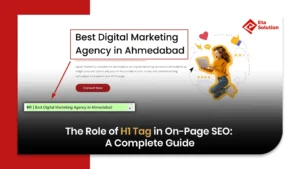
The Role of H1 Tags in On-Page SEO: A Complete Guide

The Role of Brand Mentions in Building Online Reputation
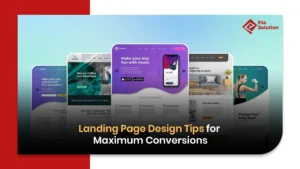
Landing Page Design Tips for Maximum Conversions















